Stone of Orthanc Light Show |
Simultaneously came the PC revolution. Suddenly digital capture, processing and reproduction of both still and moving images became a realistic possibility. Now we do a mixed show. Traditional sixties liquid techniques are the core of the show and include liquid slides, using the film strip attachment with cellophane bags and watch glasses and acetate sheet on the overheads together with tanks. The liquids show is supplemented by a range of videos and slides now usually shown from laptops through video mixers and projectors. The old Meccano motors are now expensive collectors’ items but I’ve made up substitutes using, amongst other things, cordless screwdriver components which allow rapid change of the wheels due to the hexagonal sockets for screwdriver heads! We use Optikinetics attachments as well, mainly as background 'wallpaper' and back up – wheel rotators with liquid, colour and pattern wheels, liquid and pattern cassettes, splodes including a 3 chamber one, slide rotators etc. Many of the wheels are home made, some using photos of projected images. There are 3 Carousel 2050s with a programmable controller I haven’t got working yet together with a growing library of slides, some photographic, others made up on the PC and printed onto O/H transparency sheets then mounted into slides (and in some cases, such as moiré patterns and similar illusion patterns, kept full size for use on conventional O/H projectors or Opti wheel rotators.) The PC makes developing such patterns and distortions like twisted chequerboards so easy. Two of the three Tutor 2 based overheads carry small turntables built up from Opti cassette drives and cassette cases, with variable speed control. I have developed a basic technique from the sixties using small 50mm dishes on the turntables into which are dropped a variety of liquids, oil and water based, with different viscosities, together with tints. A further development, which I’m very pleased with, has been to video these projections in our studio and then, during editing, double track the image at 50% opacity with one image flipped horizontally. The closest description I can give is ‘similar to a liquid kaleidoscope, but with two symmetrically overlaid images, one mirroring the other, counter rotating and the pattern developing as the liquids move’ as much as through adding colours.. Since acquiring a video projector we’ve also built up a library of liquid slides as back up and for use where the venue radically limits the size of the projection stand and thus number of projectors. The hue, saturation and other effects available in the playback settings of a good video player and mixer add even more options. Inks and dyes include the old favourite, Dr Martin’s, drawing ink like W&N, supermarket food colouring – which is amazingly good, far better than in the sixties, my precious supply of Flomaster ink, (one can of which I had actually kept all those years along with some Dr Martin’s!), all of which must be at least 30 years old now! Sadly there are few genuine spirit based dyes (i.e white spirit/turps based), most are meths based and thus not totally immiscible with water based. Carbon Tetrachloride is now a no-no for a solvent. Acetone works well as does formaldehyde in the diluted state you now get it……………but the best, ether, is almost impossible to obtain. I got a supply 5 years ago from our friendly local chemist, but when he retired Boots took over! All in all, we currently have: A similar collection of videos Currently experimenting with speaker driven flexi mirrors, an LED multi colour flood as an alternative to the LED pads,blow plates and long throw lumia effects I temporarily fitted one conventional OHP with a 1000 watt halogen T19 theatre lamp in a parcan converter base with reflector. It was so hot I couldn’t fit a fresnel stage and had to use a pyrex bowl sitting on a pyrex dish. At the time I set up the lightshow I became involved in a developing local event support outfit which I now help to manage and act as its lighting engineer. So we also have available conventional spots, scanners etc with dimmer packs. My several Strand lighting desks are beyond my wildest dreams in the sixties and are pretty well capable of the light organ function we wanted then. Finally in the last 18 months I have taken on the role of lighting engineer in out local theatre, (the only theatre in the highlands outside Inverness), so I've come full circle - Funny how things come around! I'm also a part of a consortium of local bands/performers which mounts our own promotions. Pat Myhill - July 2020 |
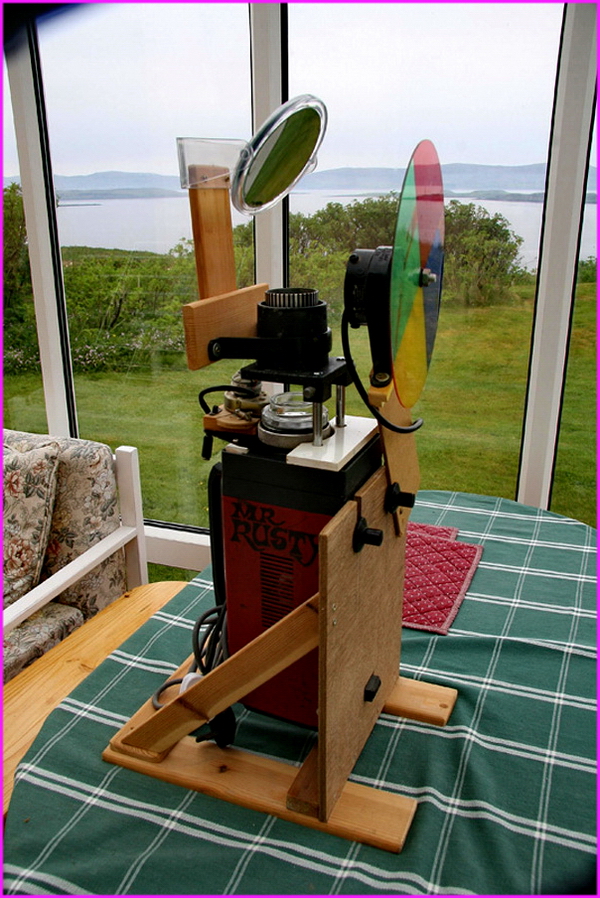 |
Tutor 2 based OHP. I think unique as I built them up but got the idea from Fred Smith (Amoeba) in the 60s. He did it with a QI lamped Tutor 1000 on its back. |
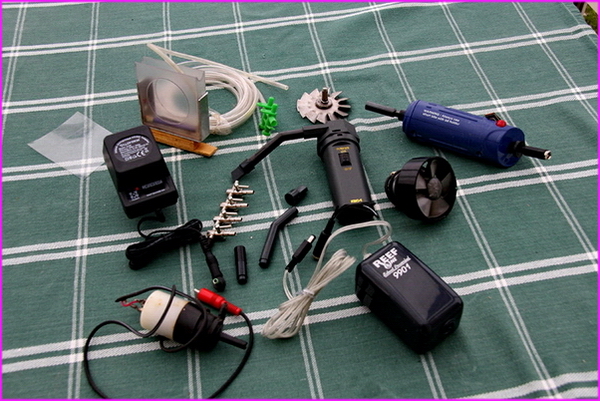 |
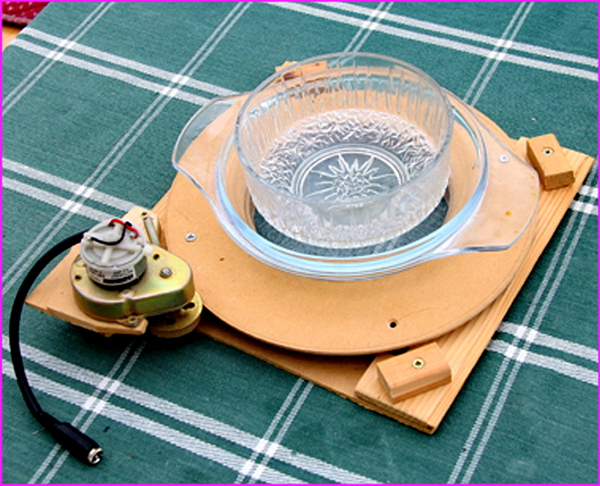 |
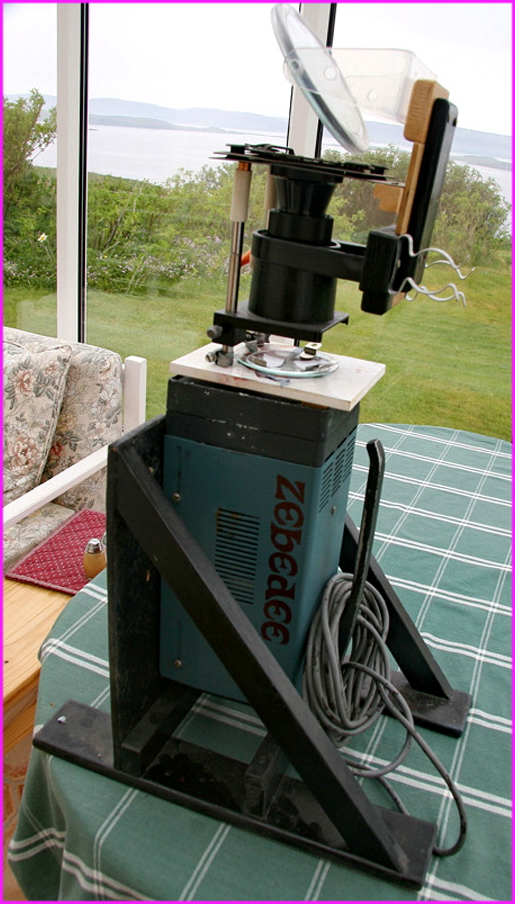 |
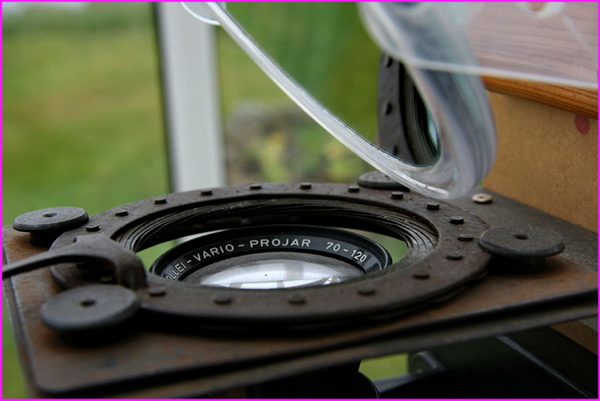 |
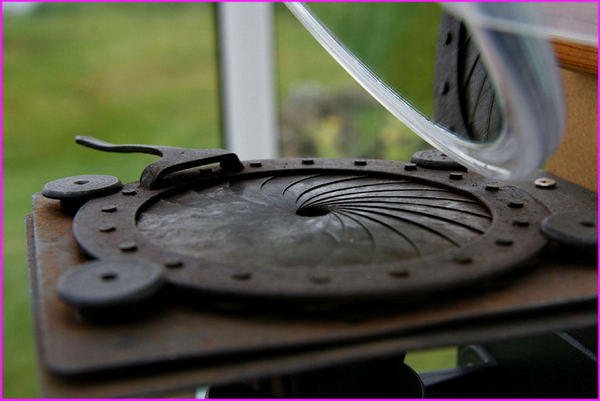 |
 |
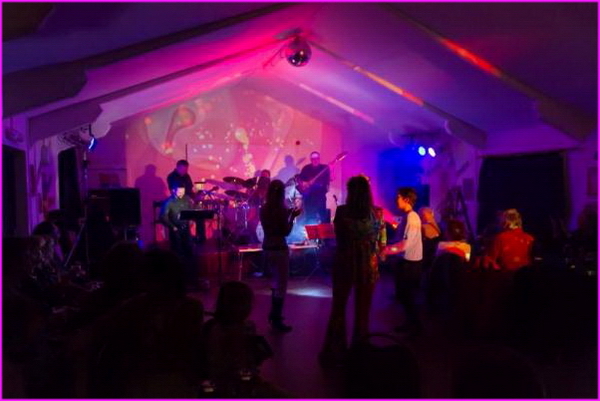 |
 |
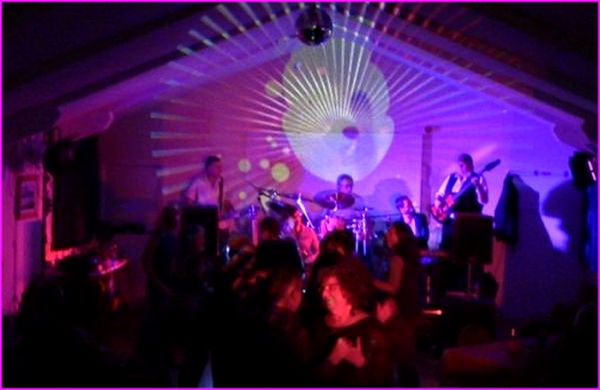 |
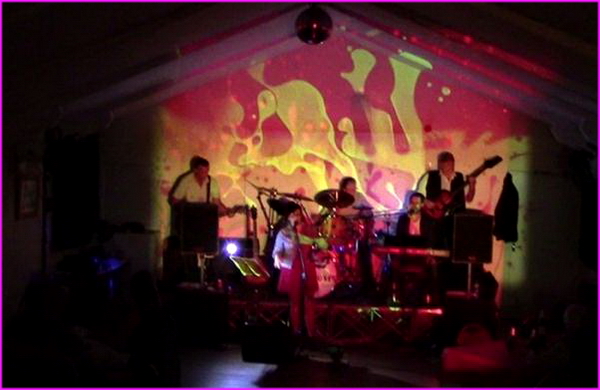 |
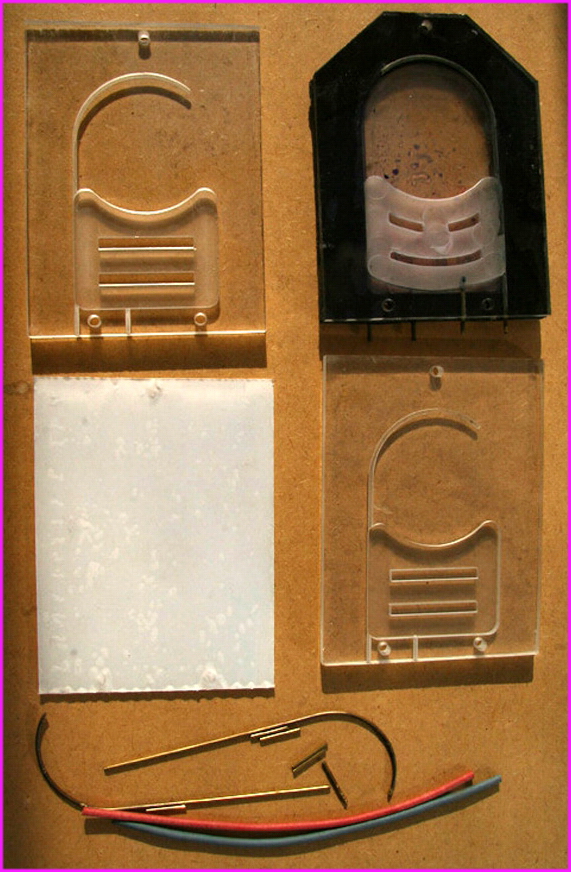 |
Splodascope |
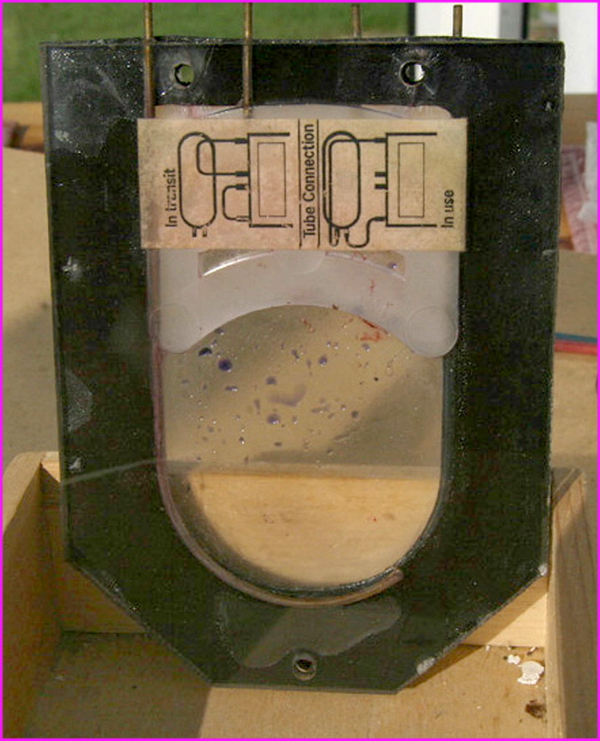 |
Splodascope |
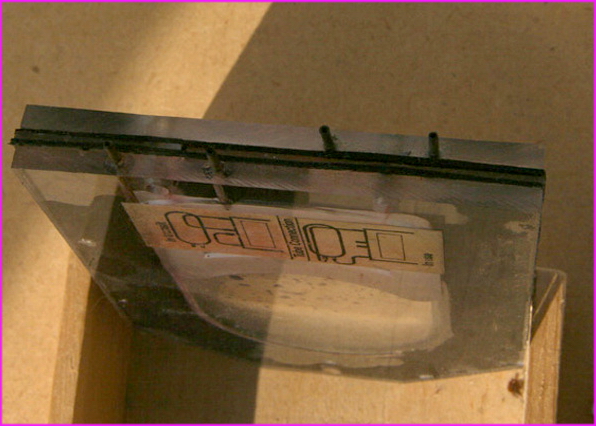 |
Splodascope |
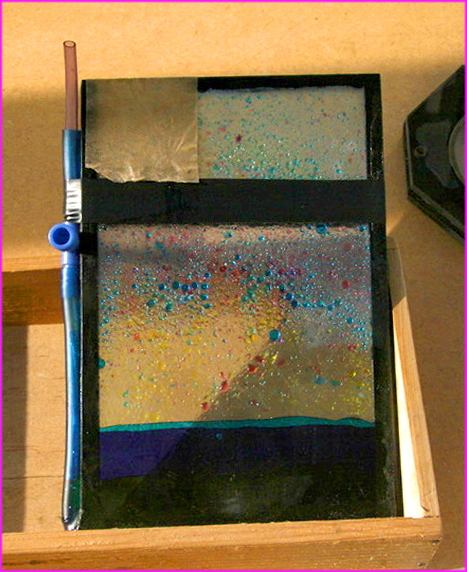 |
Splodascope |
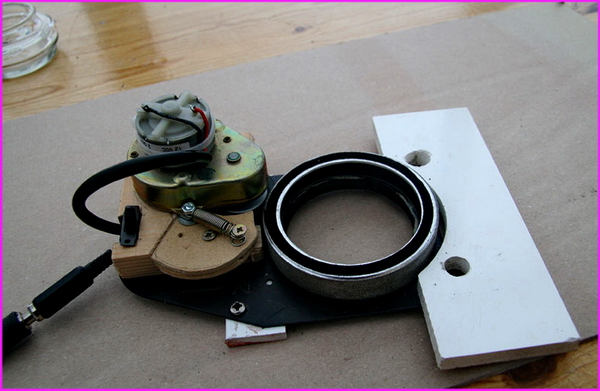 |
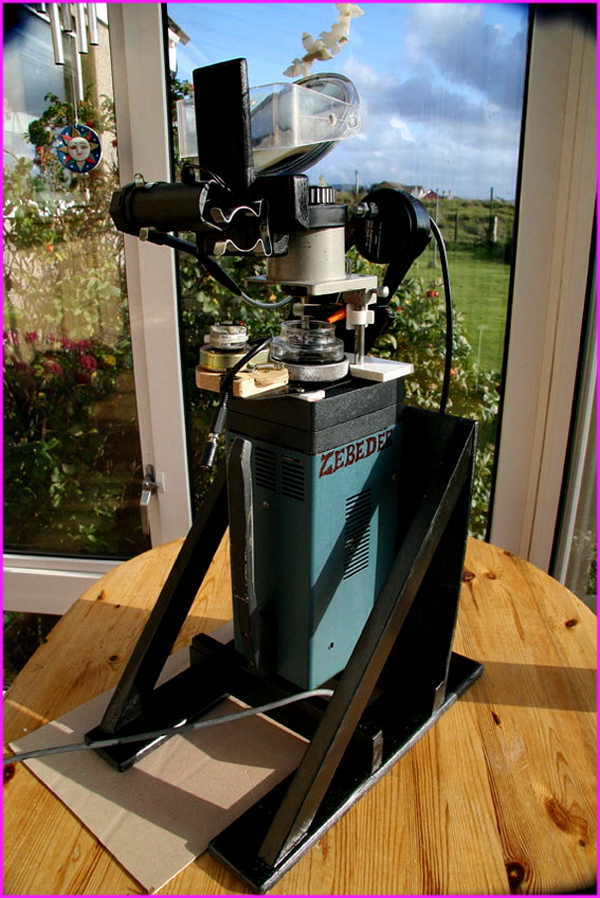 |
Fully rigged Tutor 2 OHP with blower etc |
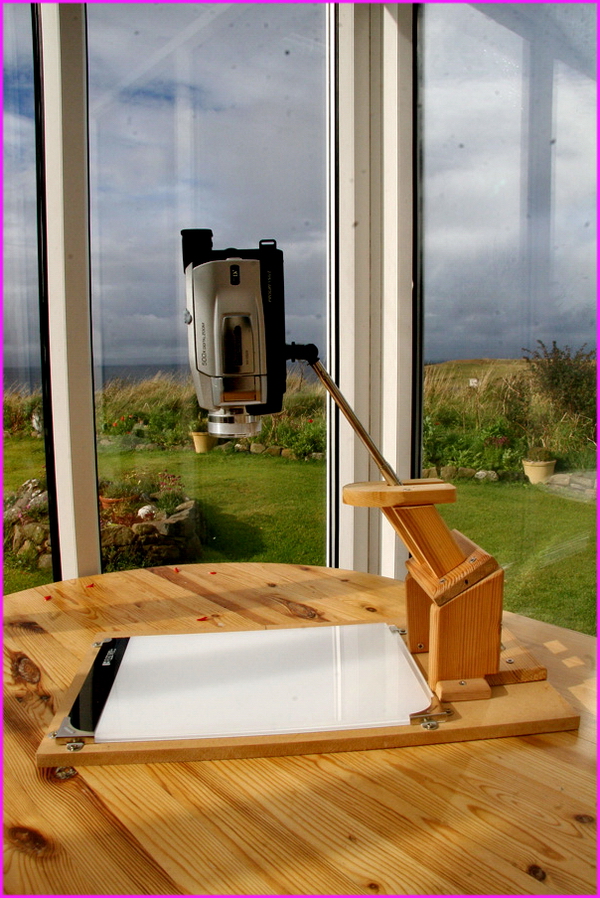 |
LED pad and camcorder based OHP alternative using a 'selfie stick' |
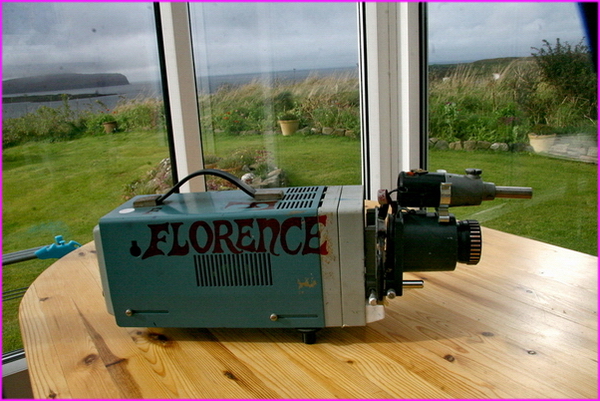 |
Florence & Dylan. Flo optimised for liquid slides with variable slide cooling port only possible on the early strap handle Tutor 2, with iris and wheel motor. Mini Vacuum converted to blower and small fan. |
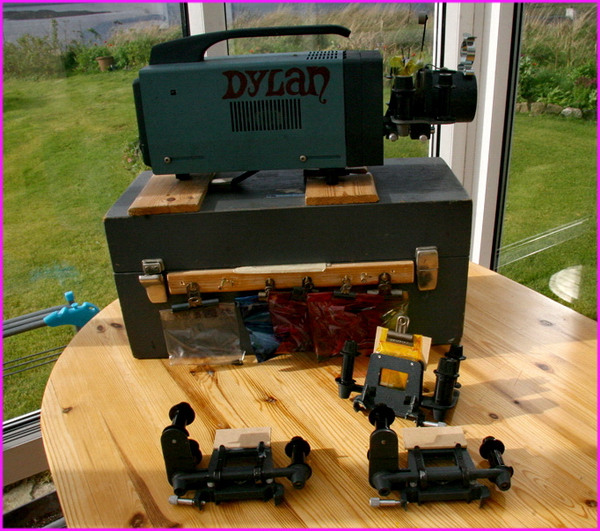 |
Dylan is set up for the film strip attachment with polypropylene bags (usually 2) each with a water and oil based ink/dye mix - 2 colours. I often have magenta & yellow and cyan & yellow, but one very dark colour or black is also extremely effective. |
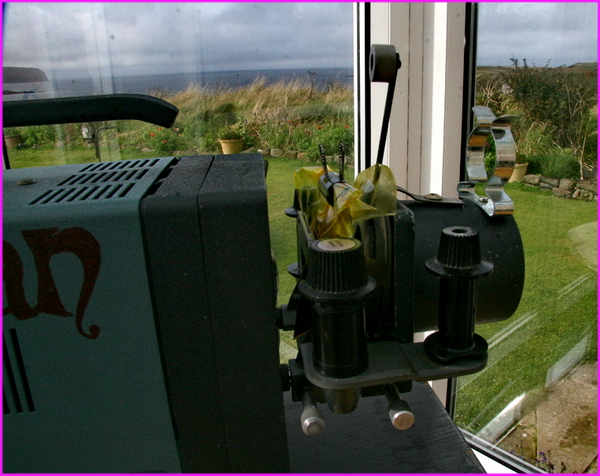 |
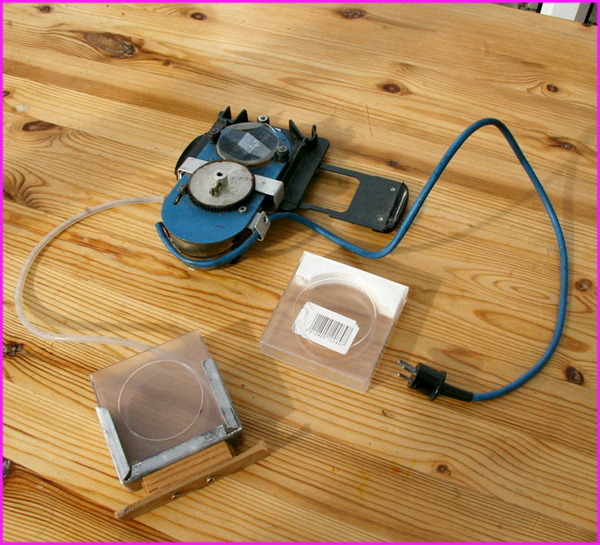 |
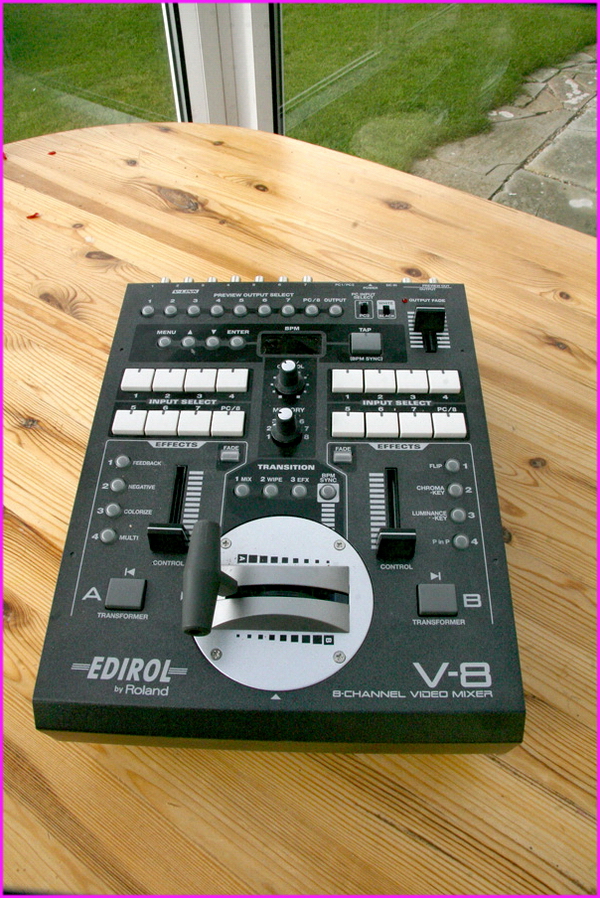 |
Roland mixer - brilliant and has a good effects suite. Works so well with the LED pad OHP and a video projector overcoming the problem of trying to use a conventional not very bright wide angle short range OHP with the much longer range Tutors from the back of the auditorium |
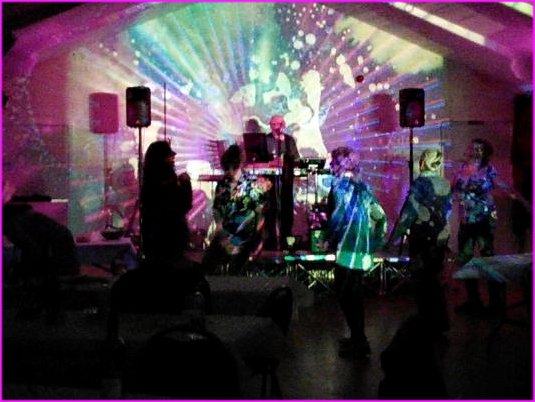 |
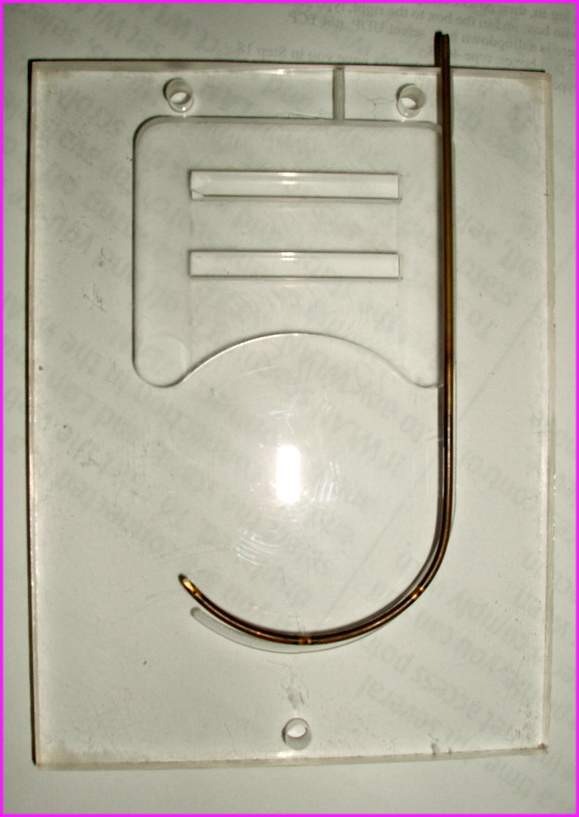 |
